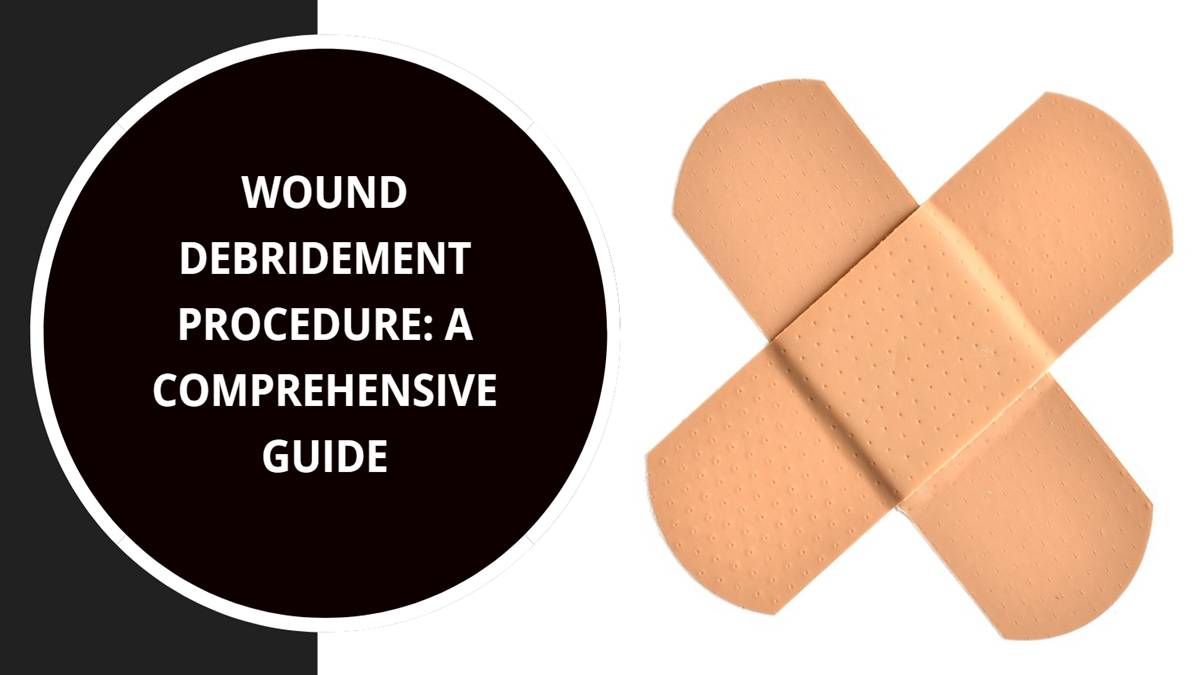Oral Debridement Procedure

The oral debridement procedure is a critical component of periodontal therapy, aimed at removing plaque, tartar, and debris from the teeth, both above and below the gum line. This procedure is crucial for individuals suffering from periodontal disease, as it helps prevent further infection and promotes a healthy oral environment. To understand the significance and implementation of oral debridement, it’s essential to delve into the details of the procedure, its benefits, and the expertise required for its successful execution.
Understanding Periodontal Disease
Periodontal disease, also known as gum disease, is a chronic infection of the gums and bone that support the teeth. It’s caused by the accumulation of plaque—a sticky film of bacteria—on the teeth. If left untreated, plaque can lead to tartar (calculus) formation, which can only be removed through professional cleaning. Periodontal disease progresses through stages, from mild gingivitis to severe periodontitis, where the infection destroys the bone and tissues supporting the teeth, potentially leading to tooth loss.
The Role of Oral Debridement
Oral debridement is a non-surgical procedure that focuses on the removal of plaque, tartar, and bacterial toxins from the teeth and beneath the gum line. This is particularly crucial for patients with deep periodontal pockets, where regular cleaning is insufficient. The procedure involves the use of ultrasonic devices and/or hand instruments to gently remove the debris and smooth the tooth surfaces, making it more difficult for plaque and tartar to accumulate in the future.
Procedure Details
Preparation: Before the procedure, the dentist or hygienist will typically administer a local anesthetic to minimize discomfort. The patient may also be asked to rinse with an antibacterial mouthwash to reduce the bacterial load in the mouth.
Debridement: The dentist or hygienist uses an ultrasonic scaler, which employs high-frequency vibrations and water flow to dislodge tartar and debris. The procedure may also involve the use of hand instruments, such as curettes and scalers, for more precise removal of tartar in areas the ultrasonic device cannot reach.
Root Planing: This step involves smoothing the roots of the teeth to remove any remaining bacteria and tartar, preventing future plaque buildup and reducing inflammation.
Assessment and Follow-Up: After the procedure, the dentist or hygienist will assess the patient’s gums to check for any signs of inflammation or infection. Follow-up appointments are critical to monitor healing, provide additional cleaning if necessary, and to educate the patient on proper oral hygiene practices to prevent the recurrence of periodontal disease.
Benefits of Oral Debridement
- Reduces Infection: By removing the source of infection, oral debridement helps in reducing the spread of periodontal disease.
- Promotes Healing: The procedure creates an environment conducive to healing, allowing the gums to reattach to the teeth and reducing pocket depths.
- Prevents Tooth Loss: Early intervention can prevent the progression of periodontal disease, thereby saving teeth that might otherwise be lost.
- Improves Oral Health: Oral debridement is an essential step towards achieving and maintaining good oral health, which has been linked to overall bodily well-being.
Expertise and Technology
The success of oral debridement procedures heavily relies on the expertise of the dental professional. Advanced training, coupled with the latest technology, such as ultrasonic scalers and lasers, enhances the precision and comfort of the procedure. Moreover, the integration of digital imaging can aid in the thorough assessment of periodontal pockets and the monitoring of the disease’s progression or regression.
Conclusion
Oral debridement is a vital therapeutic approach for managing periodontal disease. By understanding the procedure, its benefits, and the importance of professional expertise, individuals can take proactive steps towards maintaining their oral health and preventing the severe consequences of untreated periodontal disease. As with any dental procedure, patient education and compliance with post-procedure instructions are key to ensuring the long-term success of the treatment.
What is the primary goal of oral debridement in periodontal therapy?
+The primary goal of oral debridement is to remove plaque, tartar, and bacterial toxins from the teeth and beneath the gum line to prevent further infection and promote healing.
How often should oral debridement be performed for optimal results?
+The frequency of oral debridement depends on the severity of periodontal disease and the patient's response to treatment. Typically, follow-up appointments are scheduled every 3-6 months to maintain periodontal health.
Is oral debridement a painful procedure?
+While oral debridement may cause some discomfort, the use of local anesthetics and modern dental technology minimizes pain. Patients may experience mild sensitivity after the procedure, but this is temporary.
In conclusion, oral debridement is a crucial procedure in the management of periodontal disease, offering a non-surgical approach to removing harmful bacteria and debris from the teeth and gums. With the right expertise, technology, and patient compliance, this procedure can significantly improve oral health, prevent the progression of periodontal disease, and contribute to overall well-being.